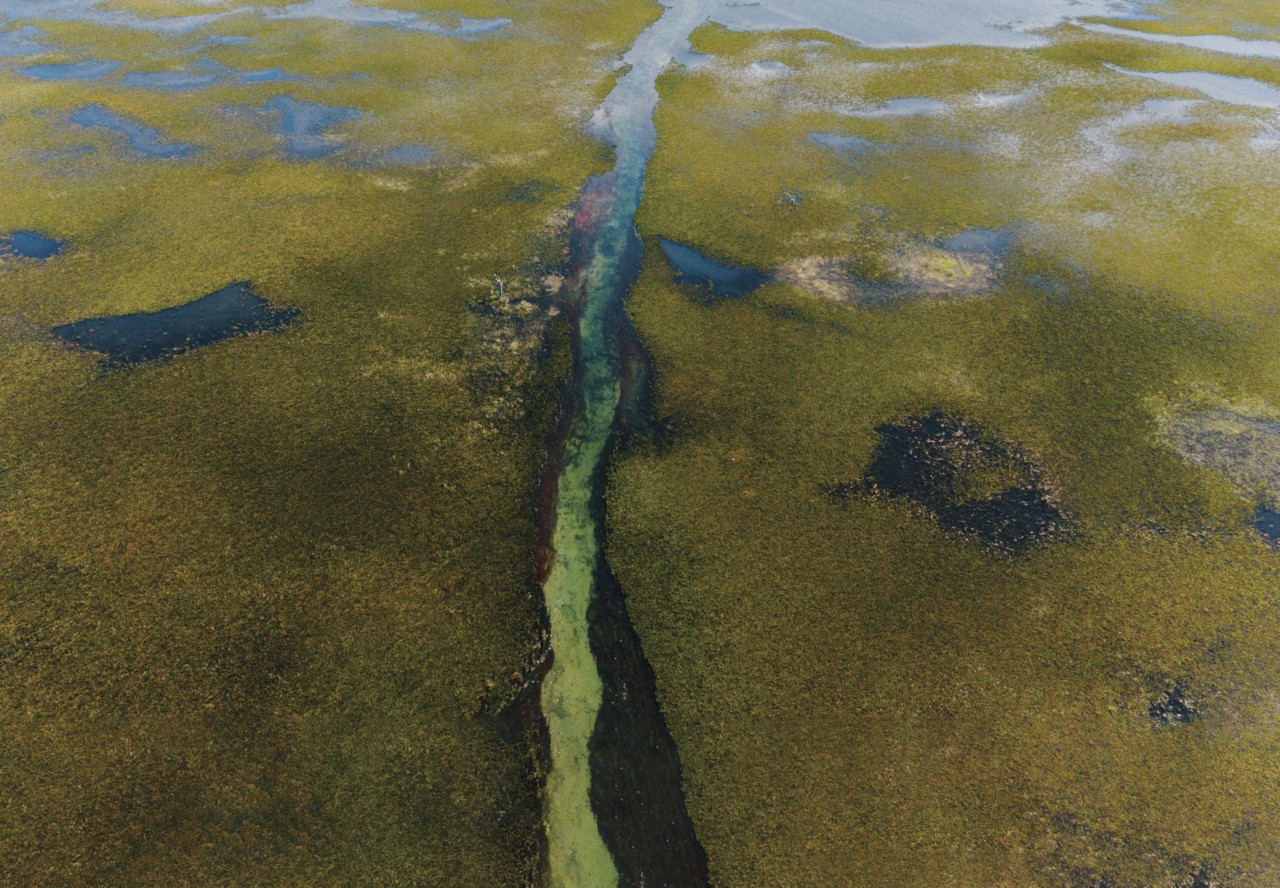

words by willow defebaugh
photograph by gleeson paulino
“The river is time, and we are always within it—even when we think we’re standing dry-footed on the bank, watching the current pass.”
—Robert Macfarlane
When I left for Peru, I was feeling lost. Spring so far had felt like sifting through muddy water, trying to touch some unnamable source of misgiving. I have spent much of this year feeling existential about time and consequence, questioning the courses we take and where they lead us. But there in the verdant Sacred Valley, seated on a mossy perch by a small waterfall close to 10,000 feet above sea level, I was reminded of the wisdom of rivers.
Rivers have small beginnings. Melted snow, mountain springs, runoff from rain: Their origins are humble. They grow not from rushing their course but from joining together, gathering steady momentum—collecting trickles and tributaries, many streams becoming one. Something doesn’t have to begin mighty to become so; it just has to begin. Movements are not so different.
Rivers yield to the shape of the Earth. You will never find one that flows uphill in defiance of gravity. They are a reminder of the sagacity of surrender: of moving with life, not against it. And yet they are far from powerless; rivers carve out canyons and valleys through their persistence. They flow ever forward, given shape by the banks at their sides—at times jagged, at other times smooth—and shape them in turn. I aspire to live with a similar balance between form and flow.
Rivers are conduits. They move nutrients and minerals across landscapes: silt, sediments, and soil. They disperse seeds, functioning as pollinators in perpetual motion. They bridge worlds and ecosystems, pathways for life in procession: insects, fish, and amphibians. They are roads home, allowing species like salmon to return to their birthplaces. And they transport our poison and pollution. To be a river is to take responsibility for all we touch—for what we carry, we give.
Rivers exist in cycles. They swell with rain and wither when droughts come. They flood and recede, dry and surge again. Every river’s journey is a reminder that life is cyclical, not linear—for the journey of almost every river leads back to its source. They flow back to the sea, where their waters wait to rise once more, becoming part of the atmosphere through evaporation. As mist and rain, they condense and fall again, precipitating the cycle to start anew.
A life is like a river. We flow in an endless dance of strength and surrender. We shape and are shaped by our surroundings, we grow with the rain and we ebb with the heat. We fall apart, and we pool ourselves together. We become what we carry, nourishing lives we may never see. For times, we join with other streams, never knowing how long we will run together and when we will split apart. And for all our forks and confluences, we all return to the same source.
Sitting by that river in a valley called sacred, closer to the heavens than I had ever been, I let go of all the questions I left home with. In that moment, I was awash with the feeling that it was enough to simply be there, my back resting against a tree, tears and freshwater streaming down my face, gifts from a small tributary that further on would join with others to form the mightiest river on Earth: the Amazon. And my only thought was thank you.
The Wisdom of Rivers